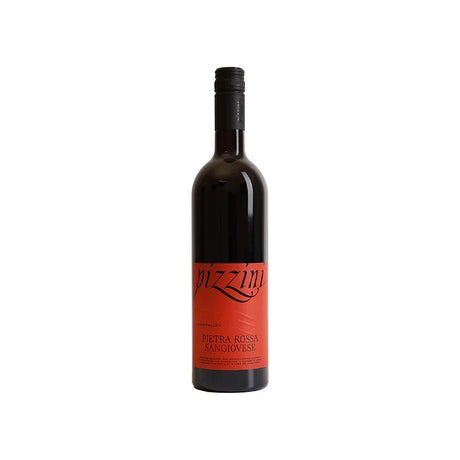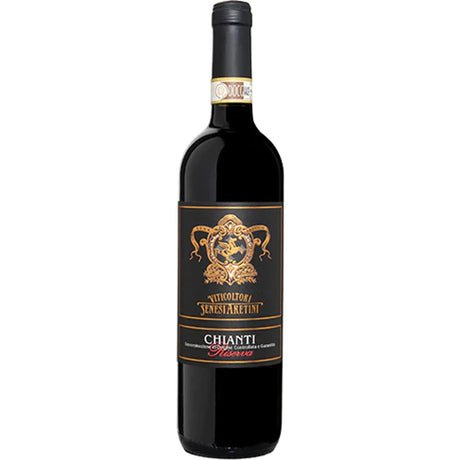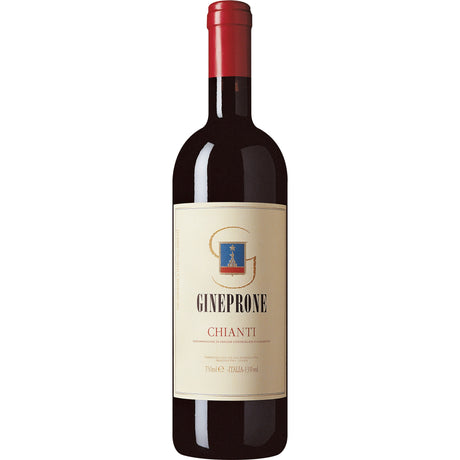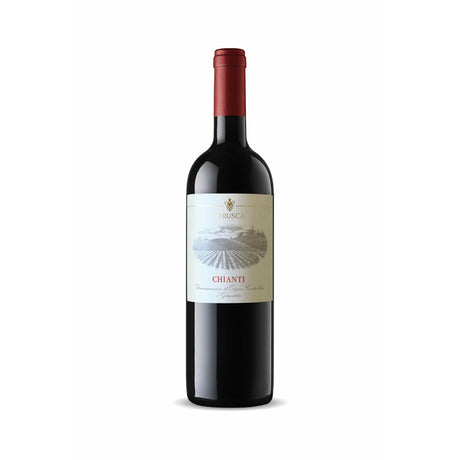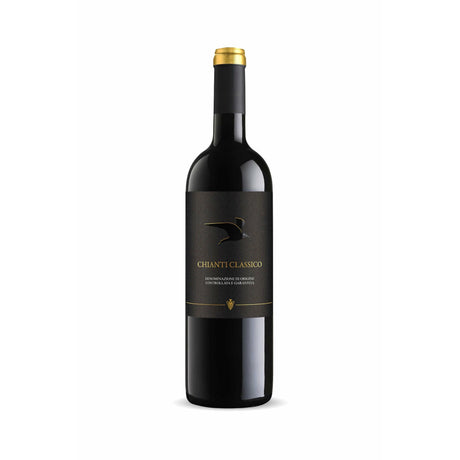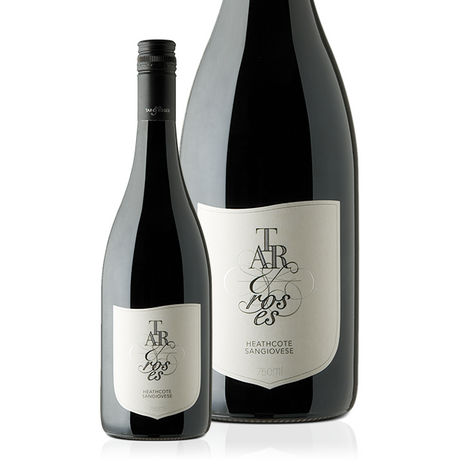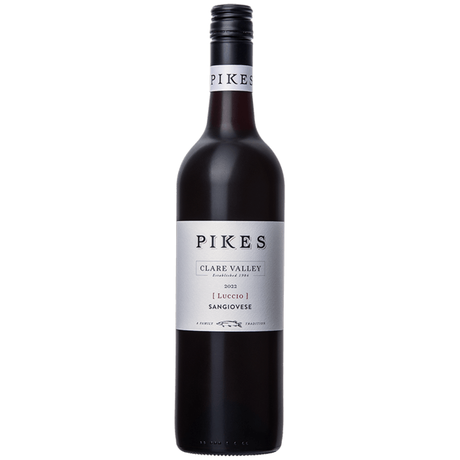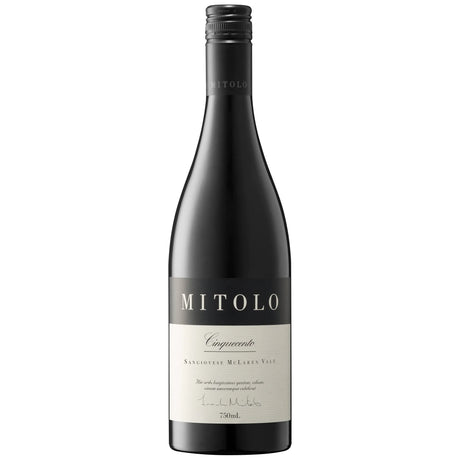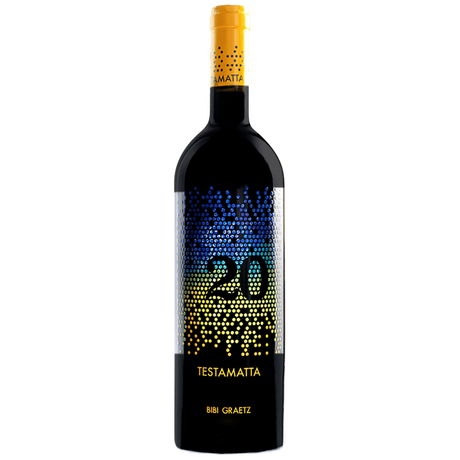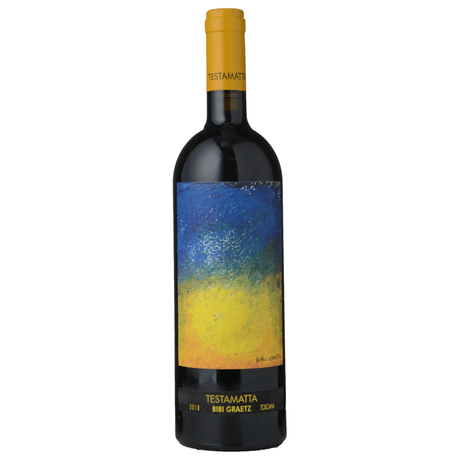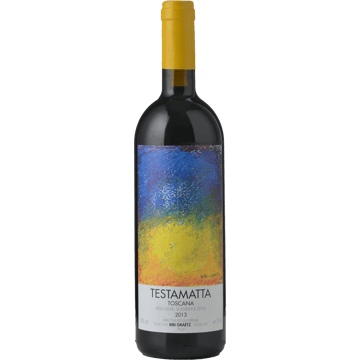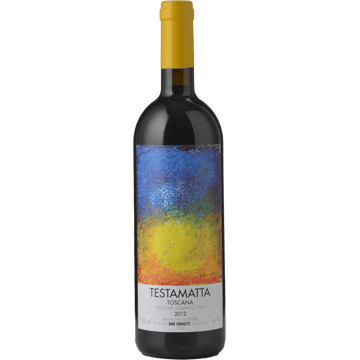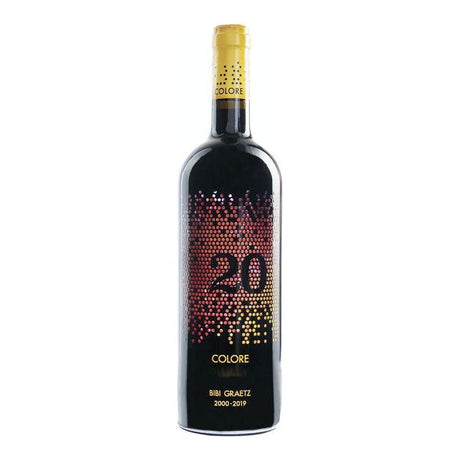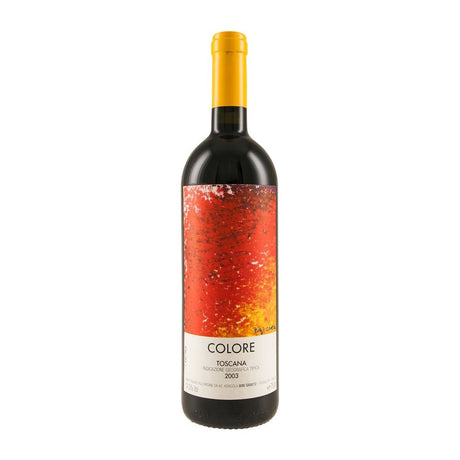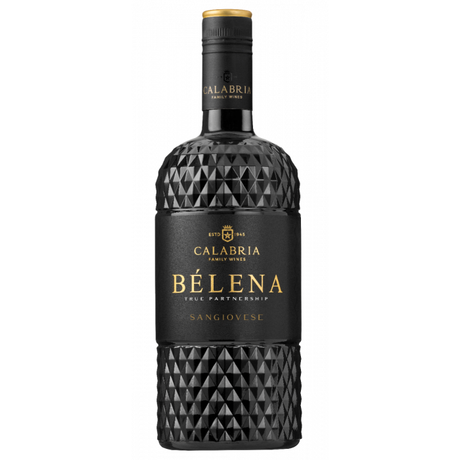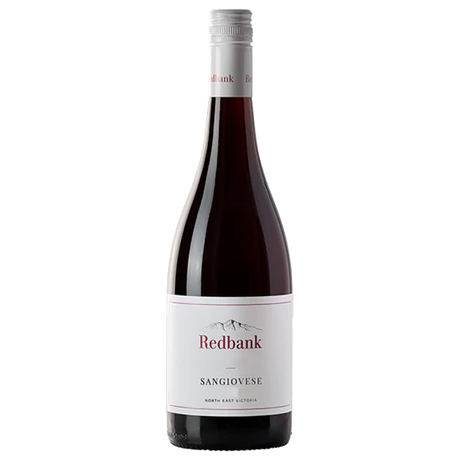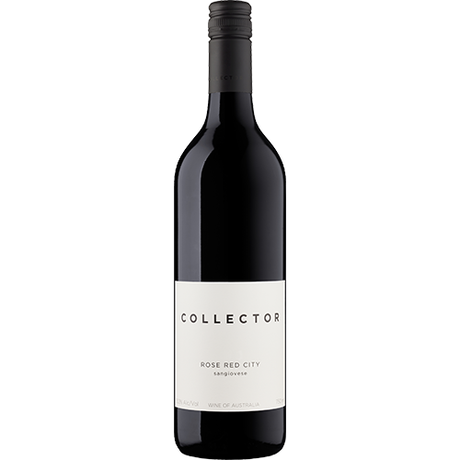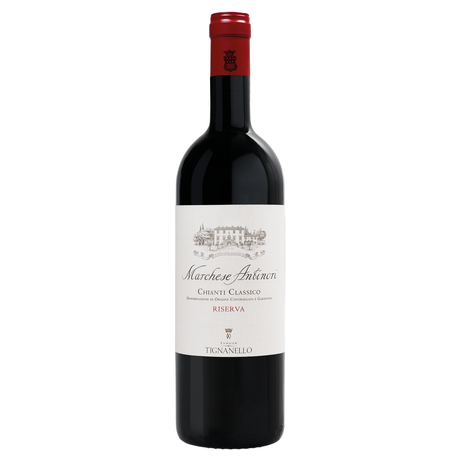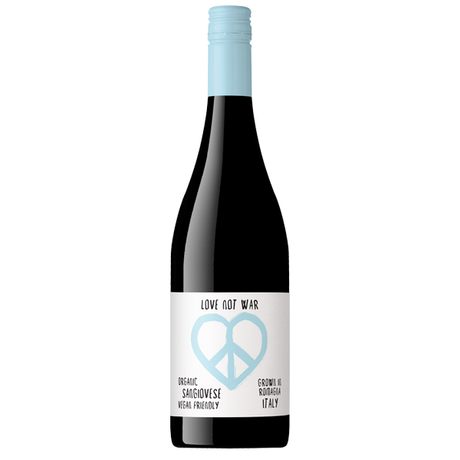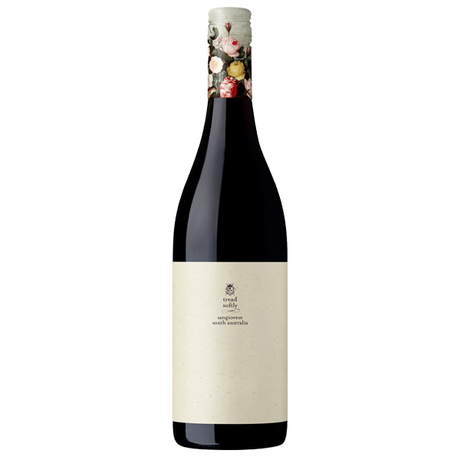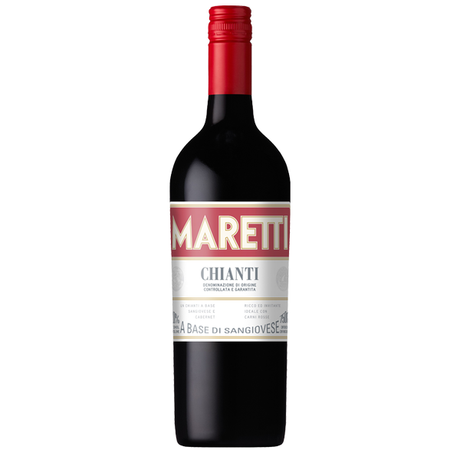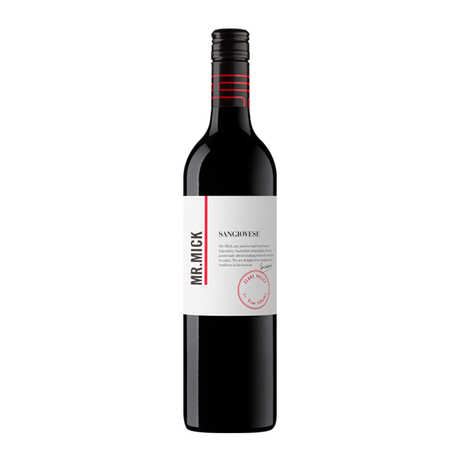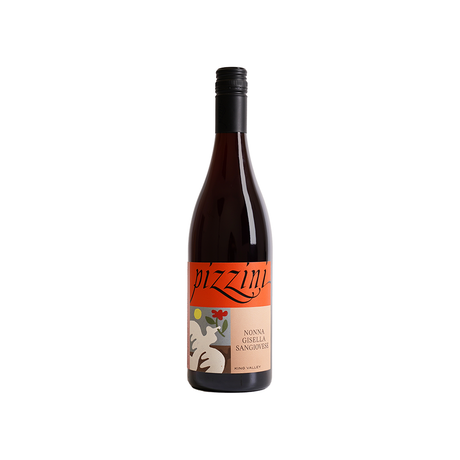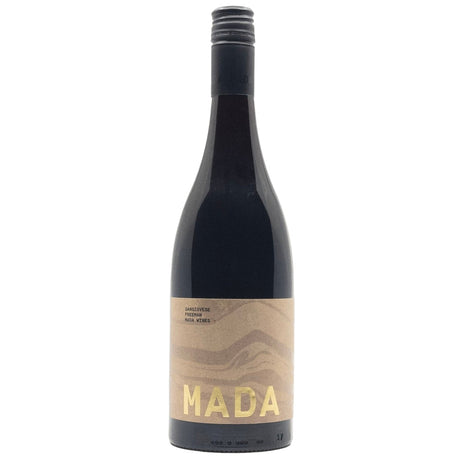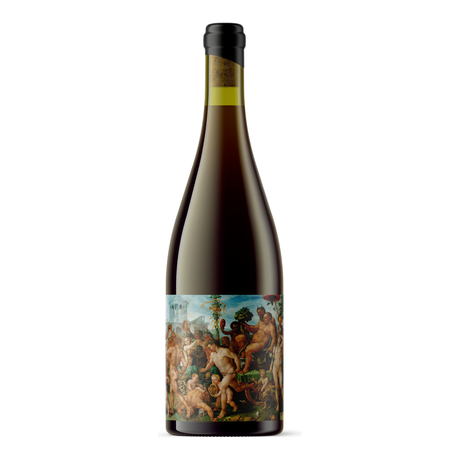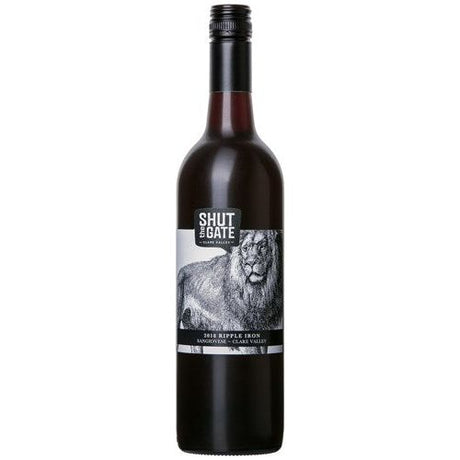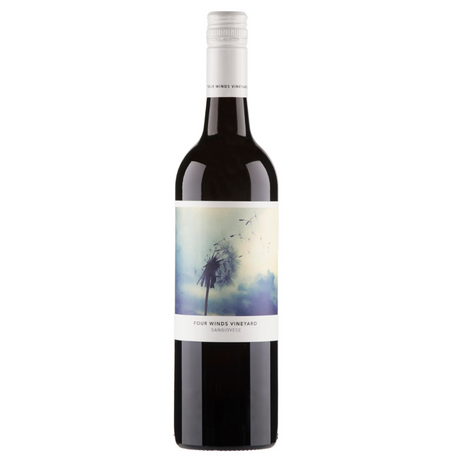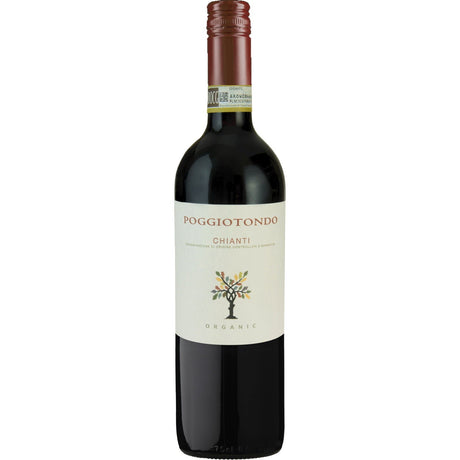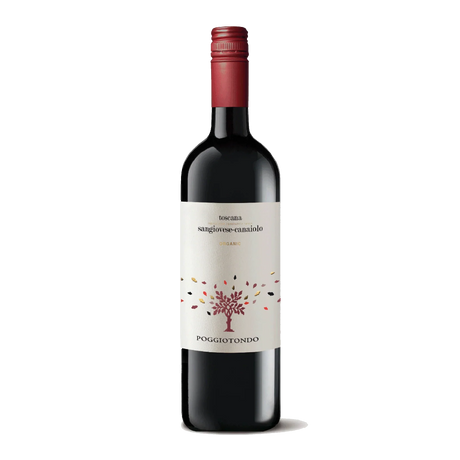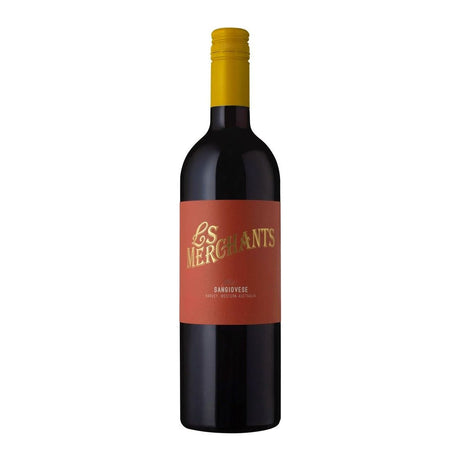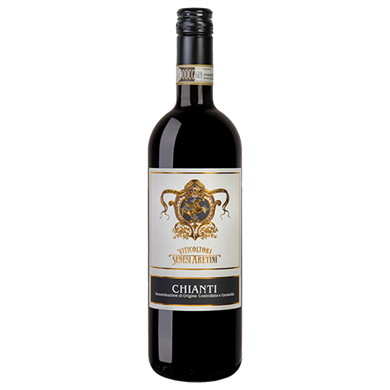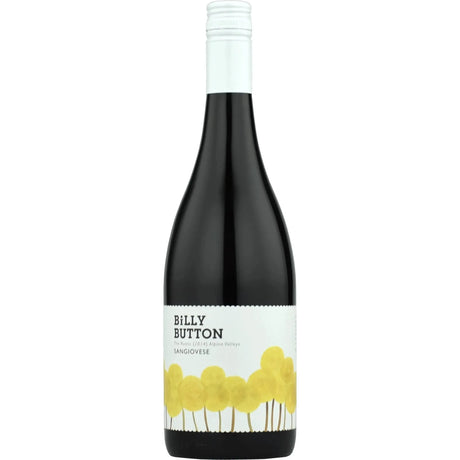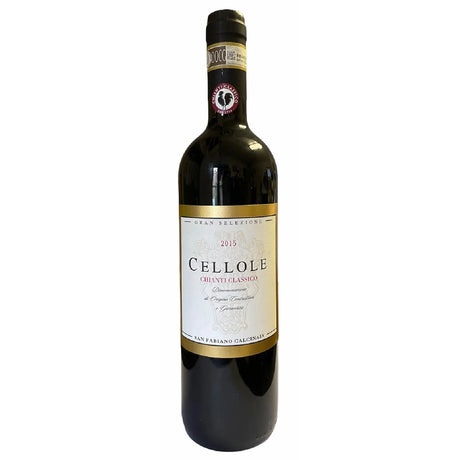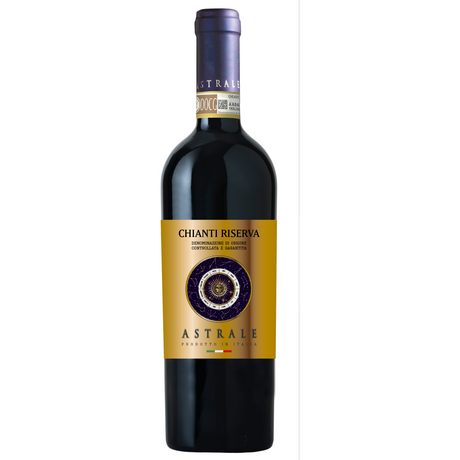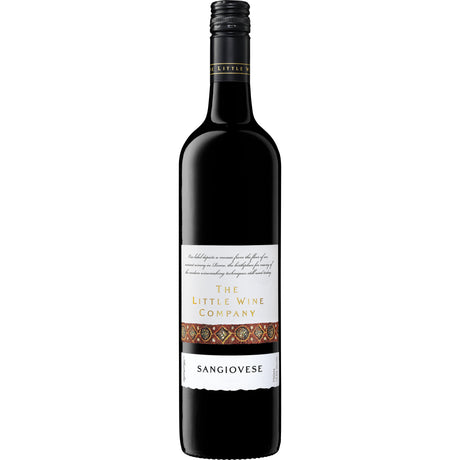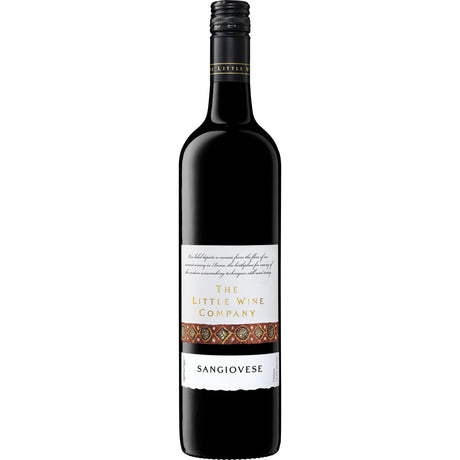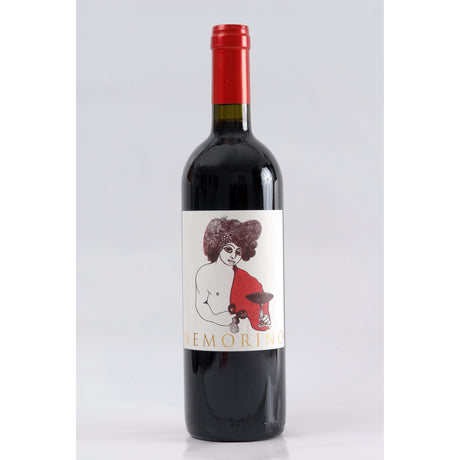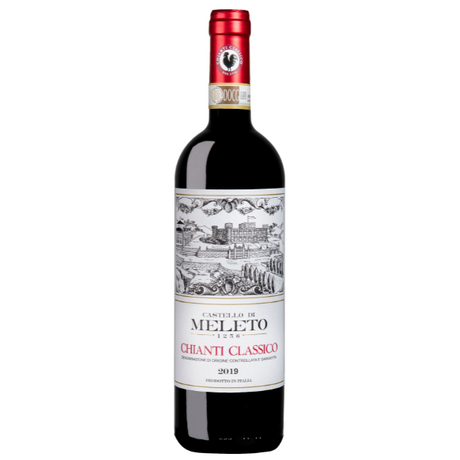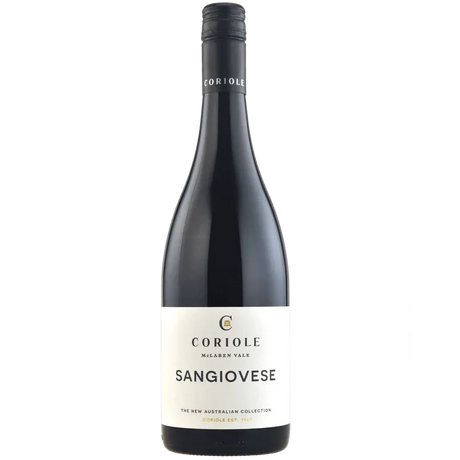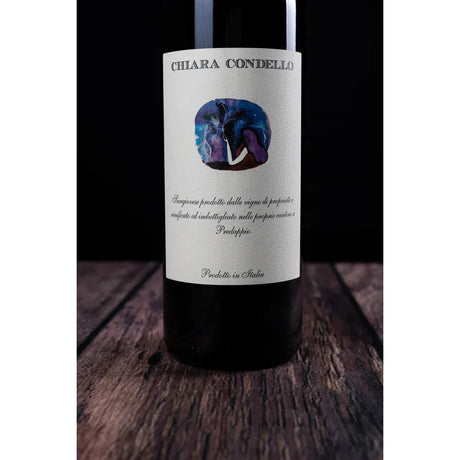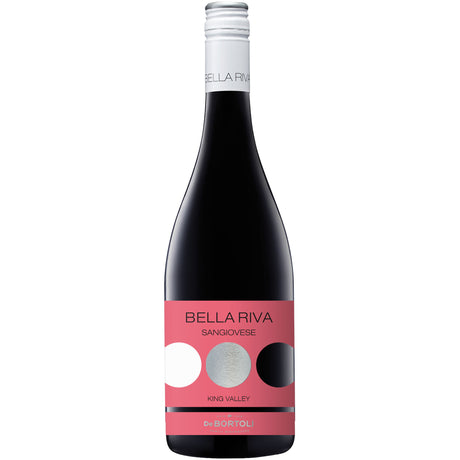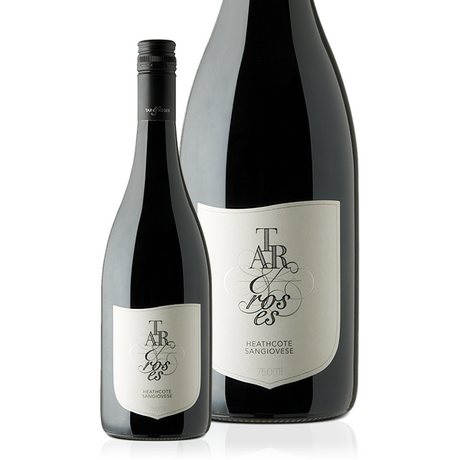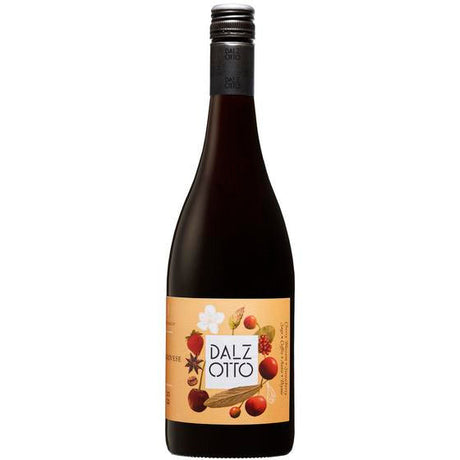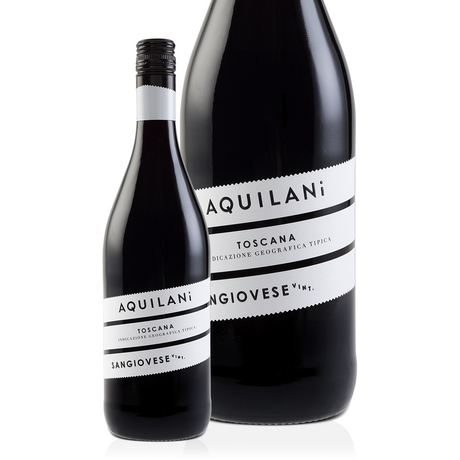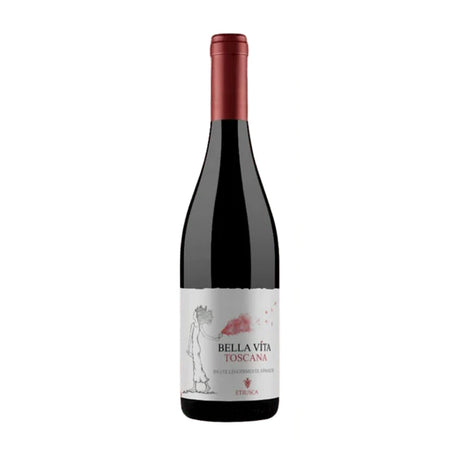Cantina Viticoltori
Cantina Viticoltori Senesi Aretini Chianti Riserva DOCG Sangiovese 2016 (12 bottles)
$333.00Unit price /UnavailableIn stockCol d'Orcia
Col d'Orcia Chianti Gineprone 2019 (6x750ml)
$360.00$396.00Unit price /UnavailableIn stockCantina Etrusca
Cantina Etrusca Chianti DOCG 2021 (6 bottles)
$132.00$147.00Unit price /UnavailableIn stockCantina Etrusca
Cantina Etrusca Chianti Classico DOCG 2019 (6 bottles)
$180.00$185.00Unit price /UnavailableIn stockTar & Roses
Tar & Roses Heathcote Sangiovese 2021 (6 bottles)
$129.00$161.94Unit price /UnavailableVery low stock (1 unit)Pikes
Pikes Luccio Sangiovese, Clare Valley 2022 (12 bottles)
$279.93$307.92Unit price /UnavailableIn stockMitolo
Mitolo ‘Cinqucento’ Sangiovese, McLaren Vale 2020 (12 bottles)
$475.97$523.57Unit price /UnavailableIn stockBibi Graetz
Bibi Graetz Testamatta Toscana 2019 (Single Bottle) 750ml
$213.00Unit price /UnavailableVery low stock (2 units)Bibi Graetz
Bibi Graetz Testamatta Toscana 2018 (Single Bottle) 750ml
$299.00Unit price /UnavailableVery low stock (5 units)Bibi Graetz
Bibi Graetz Testamatta Toscana 2013 (Single Bottle) 750ml
$299.00Unit price /UnavailableLow stock (12 units)Bibi Graetz
Bibi Graetz Testamatta Toscana 2012 (Single Bottle) 750ml
$299.00Unit price /UnavailableLow stock (12 units)Bibi Graetz
Bibi Graetz Colore Toscana 2019 (Single Bottle) 750ml
$555.00Unit price /UnavailableVery low stock (3 units)Bibi Graetz
Bibi Graetz Colore Toscana 2003 (Single Bottle) 750ml
$815.00Unit price /UnavailableLow stock (9 units)Calabria Family Wines
Calabria B É L E N A Sangiovese Riverina 2022 (12 Bottles)
$252.00Unit price /UnavailableIn stockCollector Wines
Collector Wines Rose Red City Sangiovese 2019 (12 Bottles)
$381.58Unit price /UnavailableIn stockAntinori
Antinori Marchese Antinori Chianti Classico Riserva Tenuta Tignanello 2021 (12 Bottles)
$1,066.27Unit price /UnavailableIn stockLove Not War
Love Not War Sangiovese Organic Vegan 2021 (12 bottles)
$203.88Unit price /UnavailableIn stockTread Softly Australia
Tread Softly Australia Sangiovese Moderate Alcohol 2023 (12 bottles)
$840.00Unit price /UnavailableIn stockPizzini
Pizzini Nonna Gisella Sangiovese 2022 (12 Bottles)
$296.00Unit price /UnavailableIn stockFrederick Stevenson
Frederick Stevenson Sangiovese 2022 (12 bottles)
$438.00Unit price /UnavailableIn stockShut the Gate
Shut the Gate Ripple Iron Sangiovese 2021 (12 Bottles)
$264.00Unit price /UnavailableIn stockFour Winds Vineyards
Four Winds Vineyards Sangiovese 2022 (12 Bottles)
$372.00Unit price /UnavailableIn stockPoggio Tondo
Poggio Tondo Sangiovese Rosso IGT 2020 (12 Bottles)
$288.00Unit price /UnavailableIn stockCantina Viticoltori
Cantina Viticoltori Senesi Aretini Chianti DOCG Sangiovese 2021 (12 bottles)
$281.00Unit price /UnavailableIn stockSan Fabiano Calcinaia
San Fabiano Calcinaia Chianti Classico Cellole 2015 (6x750ml)
$750.00$825.00Unit price /UnavailableIn stockThe Little Wine Company
The Little Wine Company Sangiovese 2021 (12x750ml)
$420.00$462.00Unit price /UnavailableIn stockThe Little Wine Company
The Little Wine Company Sangiovese 2019 (12x750ml)
$420.00$462.00Unit price /UnavailableIn stockI Giusti e Zanza
I Giusti e Zanza Nemorino 2020 (12x750ml)
$720.00$792.00Unit price /UnavailableIn stockCastello di Meleto
Castello di Meleto Chianti Classico 2021 (6x750ml)
$330.00$363.00Unit price /UnavailableIn stockCHIARA CONDELLO
Condello Predappio Sangiovese Piccolo 2019 (12 bottles)
$623.88Unit price /UnavailableIn stockDe Bortoli
Bella Riva Sangiovese 2022 (12 Bottles)
$185.35$239.88Unit price /UnavailableIn stockTar & Roses
Tar & Roses Heathcote Sangiovese 2021 (6 bottles)
$161.94Unit price /UnavailableIn stockAcquilani
Aquilani Sangiovese IGT Organic 2022 (12 bottles)
$249.88$275.88Unit price /UnavailableIn stockFrankies Pantry & Cellar
Cantina Etrusca Bella Vita Toscana Rosso IGT 2021 (6 Bottles)
$143.94$159.00Unit price /UnavailableLow stock (9 units)
Are you ready to delve into the world of Sangiovese?
If you are looking for a versatile red wine, Sangiovese is worth adding to your list. This Italian grape variety has become increasingly popular globally, praised for its vibrant acidity, moderate tannins, and complex flavour profile. So, let's explore Sangiovese together!
What defines Sangiovese wine?
Sangiovese is a red wine grape variety that originated in Italy and is well-known for producing wines with bright acidity, moderate tannins, and flavours ranging from cherry and strawberry to earthy and herbal notes.
How does Sangiovese differ from other red wine varieties?
Sangiovese red wine stands out for its vibrant acidity and versatile flavour profile. It often showcases red fruit characteristics such as cherry, along with herbal and earthy undertones.
How would you describe the taste of Sangiovese wine?
Sangiovese wine is known for its bright acidity and wide range of flavours, including red fruits like cherry and strawberry and herbal, earthy, and sometimes spicy notes. Depending on the region, the wine can take on more specific characteristics, such as leather, tobacco, or cedar.
What is the origin of Sangiovese, and where is it predominantly grown?
Sangiovese originated in Italy, specifically the Tuscany region, and is now grown worldwide. However, Italy remains the largest producer of Sangiovese, accounting for over 80% of the world's production. Tuscany has become synonymous with Sangiovese wine, especially Chianti, Montepulciano, and Brunello di Montalcino. Besides, the Sangiovese grape is widely planted in Italy's central and eastern regions and has become increasingly popular in California, Argentina, and Australia.
Is it acceptable to serve Sangiovese chilled?
Traditionally, Sangiovese wine is served at a cool room temperature of around 55 degrees Fahrenheit. However, lighter-bodied Sangiovese like Chianti Classico or Sangiovese Rosé can benefit from spending an hour or so in the refrigerator, which amplifies their refreshing qualities. Chilling also allows the acidity and fruity notes to shine, making it an excellent pairing for summer dishes such as grilled veggies, seafood, or pasta salads.
How do you pronounce Sangiovese?
Sangiovese is pronounced, "san-joh-VAY-zeh." The emphasis is on the second syllable, and the "e" at the end is pronounced like "ay."
Which region in Australia is known for producing exceptional Sangiovese wines?
The King Valley in Victoria is recognised as one of the best regions in Australia for Sangiovese. The cool climate and diverse soils contribute to wines with vibrant acidity and expressive fruit flavours.
How do Australian Sangiovese wines compare to those from Italy?
Australian Sangiovese wines, particularly from regions like the King Valley, may showcase similar varietal characteristics to Italian Sangiovese. However, regional differences in climate and winemaking practices can result in unique expressions of the grape.
What are the main differences between Sangiovese and Grenache wines?
Sangiovese tends to be more acidic with red fruit flavours and herbal notes, while Grenache is known for its bold, fruit-forward profile, often featuring red and black fruit with a hint of spiciness. Sangiovese is generally lighter in body compared to Grenache.
How does Sangiovese differ from Shiraz in terms of taste and characteristics?
Sangiovese offers bright acidity, red fruit flavours, and a lighter body, while Shiraz tends to be bolder with dark fruit and peppery notes. Sangiovese is more reminiscent of Old World elegance, while Shiraz is known for its New World richness.
What distinguishes Sangiovese from Cabernet Sauvignon wines?
Sangiovese is characterised by its bright acidity, red fruit flavours, and moderate tannins, while Cabernet Sauvignon is known for its bold structure, dark fruit profile, and higher tannin levels. Sangiovese wines are generally lighter compared to the robust Cabernet Sauvignon.
Does Sangiovese have ageing potential?
Sangiovese can age well, especially higher-end wines like Brunello di Montalcino and Chianti Classico Riserva. Properly cellared Sangiovese can develop complexity, tertiary flavours, and a smoother texture over time.
What types of food pair well with Sangiovese wines?
Sangiovese's versatility makes it an excellent pairing with Italian cuisine, including pasta, pizza, and dishes with tomato-based sauces. It also complements grilled meats, roasted vegetables, and dishes featuring herbs like rosemary and thyme. You can learn more about Sangiovese food and wine pairings in our blog here.
Sangiovese wine is a unique and popular Italian grape variety with a rich history, widespread growth, and diverse flavours. Its high acidity level and moderate tannins make it an alluring choice for pairing with various foods or drinking independently. Whether you're a seasoned wine enthusiast or a newbie, trying Sangiovese wine should be on your wine bucket list for a good reason!

